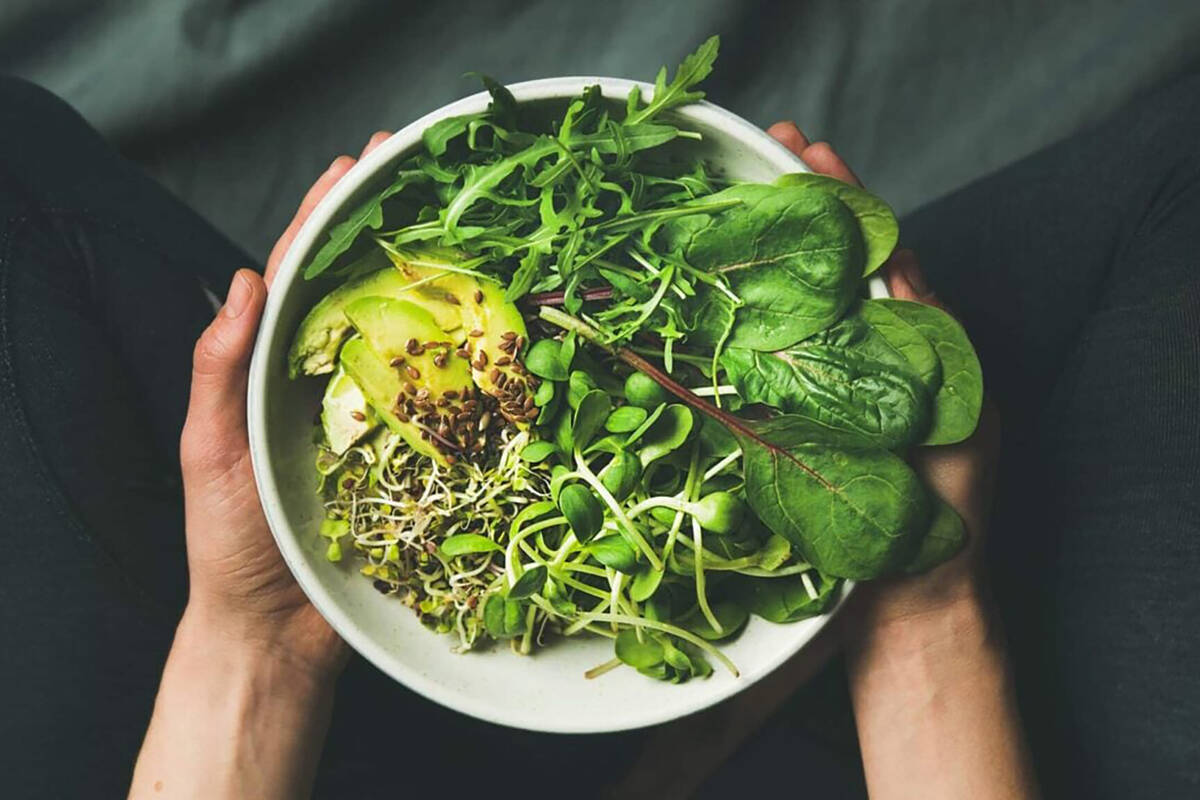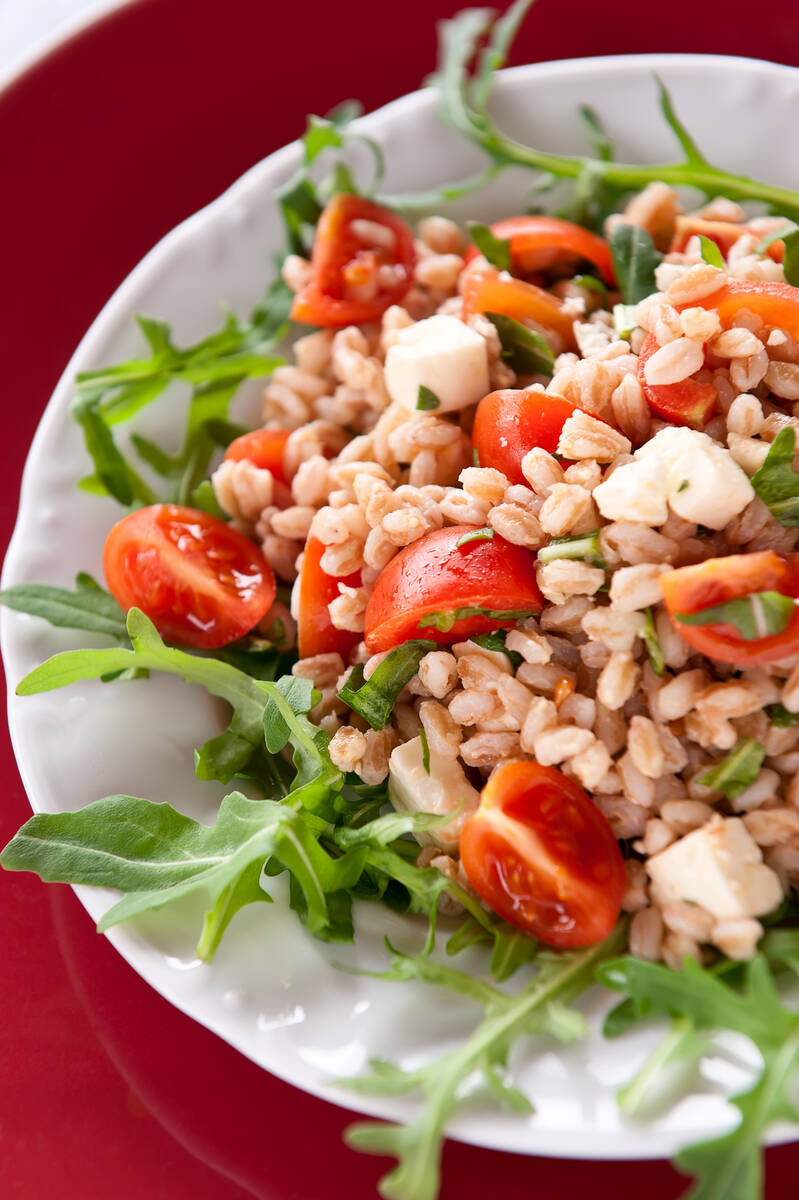Want to live to 100? ‘Blue Zone’ diets may hold key
What does it take to live to 100? “Blue Zone” is a nonscientific term given to five regions of the world where people routinely become centenarians — living to the age of 100 or even longer.
These geographic areas, home to some of the world’s oldest people, were first referred to as “Blue Zones” by author and National Geographic fellow Dan Buettner. The term was coined because Buettner and his colleagues drew blue circles around the areas on the map while researching.
People living in the Blue Zones tend to have low rates of chronic disease and often live longer than the rest of the world’s population. Although the Blue Zones are spread across the globe in Okinawa, Japan; Sardinia, Italy; Ikaria, Greece; Nicoya, Costa Rica; and Loma Linda, California, their inhabitants do share some similar diet and lifestyle habits, which might be able to shed light on the quest for longevity.
In the four-part Netflix documentary released in August, “Live to 100: Secrets of the Blue Zones,” as well as in his book by the same name, Buettner journeys through the Blue Zones, exploring the habits of the people in each area attributed to leading longer lives.
Although the lifestyle varies from zone to zone, Blue Zone inhabitants exercise regularly, have strong social networks, know their purpose, feel a sense of spiritual or religious belonging, and drink moderate amounts of alcohol.
Trying to adopt a Blue Zone lifestyle may be daunting in today’s modern world. The good news is that the dietary component can be easily incorporated, no matter your location.
Go for meatless
The staple foods of the Blue Zones include simple, plant-forward meals and limited meat consumption. While the Seventh-day Adventists who live in Loma Linda, California, follow a strictly vegetarian diet, folks from the other zones tend to consume meat only a few times each month.
Rather than meat and other animal proteins, inexpensive plant-based proteins, such as lentils, soy and beans — especially black-eyed peas, fava beans and black beans — tend to be mainstays in the Blue Zones. Fish is a regular part of the diet in Ikaria and Sardinia. Fish, such as salmon, is rich in omega-3 fatty acids, essential for heart and brain health. Eating fish is also associated with slower cognitive decline in old age, which is vital if you live to 100.
Eat your greens
Dietary patterns in Blue Zones also incorporate a lot of vegetables. In Ikaria, the inhabitants tend toward a Mediterranean diet with abundant homegrown vegetables and leafy greens. Vegetables are a great source of dietary fiber and are rich in vitamins, minerals and antioxidants, all of which are associated with improved health outcomes, such as the reduced risk of certain types of cancer, decreased cardiovascular risk, and a lower risk of Type 2 diabetes.
While homegrown vegetables may not be readily accessed worldwide, it’s simple to replicate these eating patterns with bagged salads, leafy greens and fresh or frozen vegetables. For example, frozen broccoli is inexpensive, nutritious and easy to incorporate into many meals.
Whole grains, nuts and seeds
While Western countries tend to depend on refined foods, such as white bread, inhabitants of the Blue Zones have diets that incorporate whole grains, nuts and seeds. It’s important to note that whole grains are different from refined grains.
Also called intact grains, whole-grain foods such as oats, farro and wheat berries are rich in dietary fiber, protein, vitamins and minerals. Eating whole grains can help moderate blood sugar, as the dietary fiber moderates digestion and is attributed to lowering cholesterol levels.
Nuts and seeds are a great source of dietary fiber, protein and healthy fats. Inhabitants of Blue Zones, particularly in Loma Linda, Nicoya and Ikaria, tend to include nuts such as almonds in their diets, which provide important nutrients such as vitamin E and magnesium.
Water over wine
Alcohol consumption among Blue Zone inhabitants tends to be quite low. Drinking one to two glasses of red wine per day is common in Sardinia and Ikaria, where wine is produced. In other regions, such as Loma Linda, alcohol consumption is minimal.
Research on the health benefits of drinking wine tends to be mixed. While some studies have shown that drinking moderate amounts of red wine is associated with longevity, others have suggested that this is mainly because of other lifestyle factors.
The Blue Zones are home to some of the oldest and healthiest people in the world. While a range of factors are attributed to this longevity, including regular daily exercise, a close community and spirituality, adopting a healthy, plant-forward diet has undoubtedly been shown to be associated with a longer and healthier life.





























